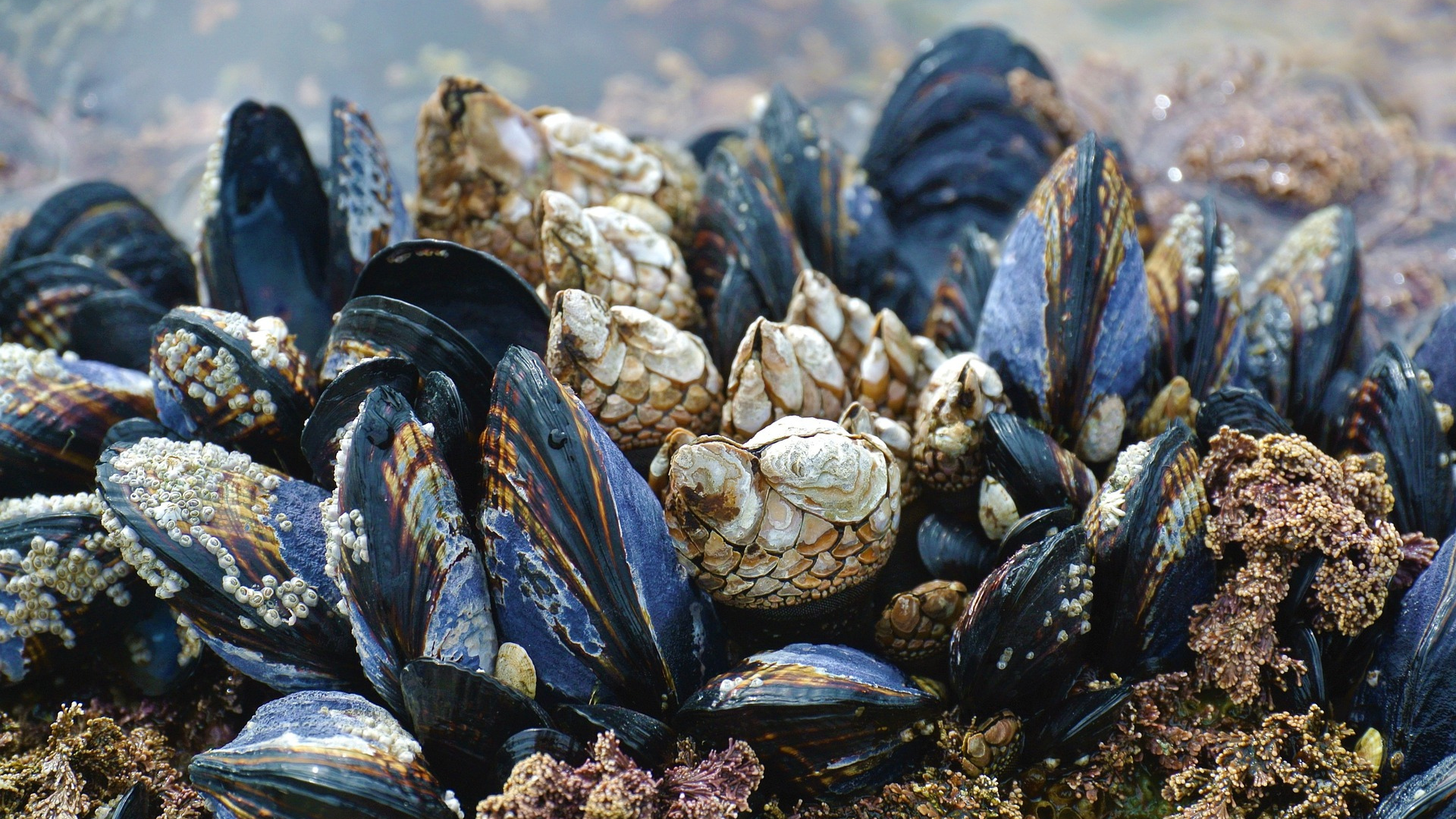The impact of textiles
Because about 100 billion new garments are made each year, the clothing industry has a significant impact on the environment, often relying on unsustainable raw materials. For instance, synthetic textiles like nylon and polyester are derived from petroleum. As a result, researchers have been exploring renewable sources for textile fibers, including synthetic alternatives.
Nature as inspiration
Textiles are woven materials composed of fibers, short pieces of thread with various properties such as rigidity and elasticity, that occur naturally in many different forms. For decades, researchers have drawn inspiration from spider silk, which has a unique combination of high tensile strength and toughness. To replicate this strong silk, scientists have investigated the possibility of using microbes to produce it. Although silk made by microbes is comparable or even superior to other natural silk fibers, the production of microbial fibers is often low due to the difficulty that microbes have in producing the proteins needed for these fibers. To overcome this challenge, researchers in the United States turned to another natural phenomenon for inspiration: the mussel.
Mussels and Microbes
In the same laboratory, research is also being conducted on the threads with which mussels anchor themselves to the bottom. These so-called byssus threads consist of proteins that theoretically have the right properties to solve the problem of low production of microbial silk. The American researchers added the mussel gene for making the byssus threads and the silk gene in E. coli. This acts as a kind of molecular glue so that the fibers could be better formed. As a result of this research, the production of high-quality microbial silk has been increased by up to eight times, making it suitable for use in everyday products. Perhaps in the near future, you could be wearing a blouse made of microbial silk that incorporates mussel DNA!

